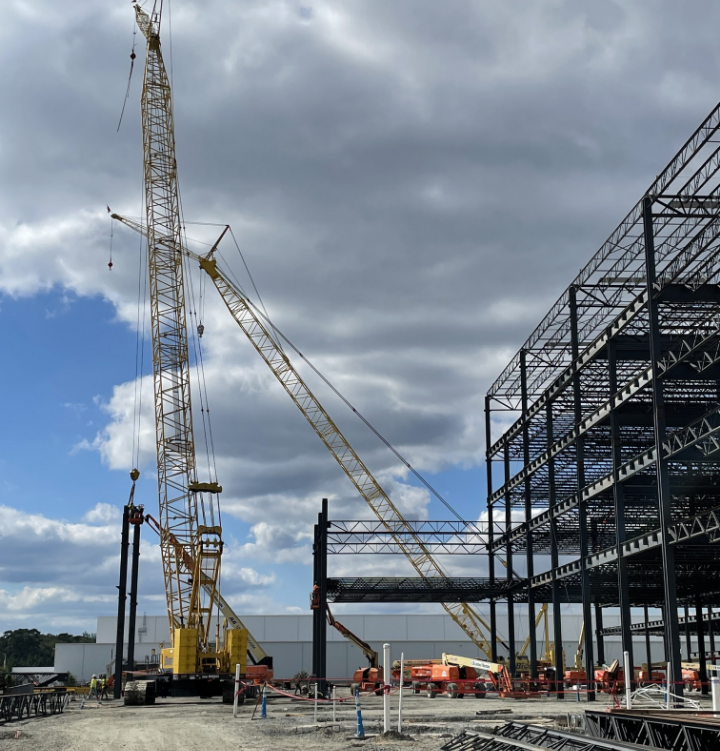
BLOG ARTICLE
Track Design and Price Materials with Real-Time Data
In the modern era of architecture and infrastructure, the race to build taller, stronger, and more resilient megastructures has never been more competitive—or more inspiring. From soaring skyscrapers piercing the clouds to expansive bridges spanning vast terrains, the marvels of engineering today are a testament to what precision, innovation, and expertise can achieve. At the heart of these colossal achievements lies one critical element: steel detailing.
The Backbone of Megastructures
Megastructures are more than just impressive silhouettes on city skylines; they are intricate systems that require impeccable planning, collaboration, and execution. Steel forms the backbone of these projects, offering the strength and flexibility required to support immense loads, withstand seismic activity, and defy environmental challenges.
But raw steel alone isn’t enough. The way it is detailed, fabricated, and connected is what transforms steel from material to masterpiece.
Precision Steel Detailing: The Foundation of Success
Steel detailing is the process of creating detailed drawings and plans that guide the fabrication and erection of steel members. It’s a discipline that bridges the gap between engineering design and construction. With the stakes so high in megastructures—where tolerances are minimal and errors can be catastrophic—steel detailing must be executed with the utmost precision.
Modern steel detailing leverages advanced software such as Tekla Structures, SDS/2, and AutoCAD, enabling 3D modeling, clash detection, and real-time coordination across disciplines. These tools allow our teams to visualize every beam, bolt, and weld before a single piece of steel is cut. The result? Greater efficiency, minimized waste, reduced rework, and safer construction environments.
Integration Across Disciplines
What sets high-tech engineering firms apart in the megastructure arena is the seamless integration of detailing with design, fabrication, and construction. Our approach is holistic—engineers, detailers, and project managers work collaboratively from the earliest stages of design. This integrated workflow ensures that every component fits not just structurally, but also spatially, functionally, and aesthetically.
One of the most notable advantages of integrated steel detailing is early detection and resolution of design clashes. For example, by using Building Information Modeling (BIM), our team can identify potential conflicts between steel members and MEP systems, resolving them before they escalate on site.
Pushing Boundaries Through Innovation
At our core, we are driven by a passion to push boundaries. Whether it’s constructing a cantilevered observation deck on a skyscraper or engineering a steel framework to withstand hurricane-force winds, our projects demand innovation at every level.
Emerging technologies like parametric modeling, digital twins, and AI-driven design optimization are transforming how we approach complex geometry and large-scale fabrication. We are at the forefront of adopting these technologies to increase accuracy, reduce lead times, and deliver unparalleled value to our clients.
Building with Confidence
Clients rely on us not only for our engineering expertise, but also for our reliability. In megastructures, even minor delays can have major ripple effects. Our commitment to accuracy in steel detailing ensures that fabrication shops receive clear, error-free shop drawings, and that erection crews can assemble complex frames with confidence.
We believe that great engineering is not just about solving problems—it’s about anticipating them. With rigorous quality control, continuous training, and a culture of accountability, we deliver projects that exceed expectations in safety, performance, and longevity.
In a world where infrastructure is being reimagined on a monumental scale, steel detailing is a critical component of the success story. As we continue to redefine skylines and reshape urban landscapes, our commitment to engineering excellence, technological innovation, and collaborative precision remains unwavering.
At the intersection of creativity and calculation, we don’t just build structures—we engineer the future.
